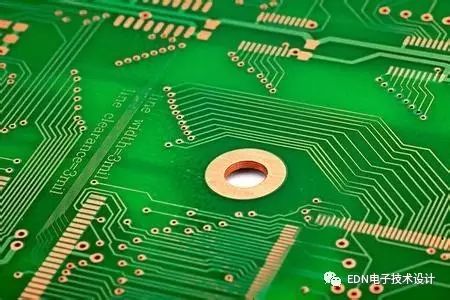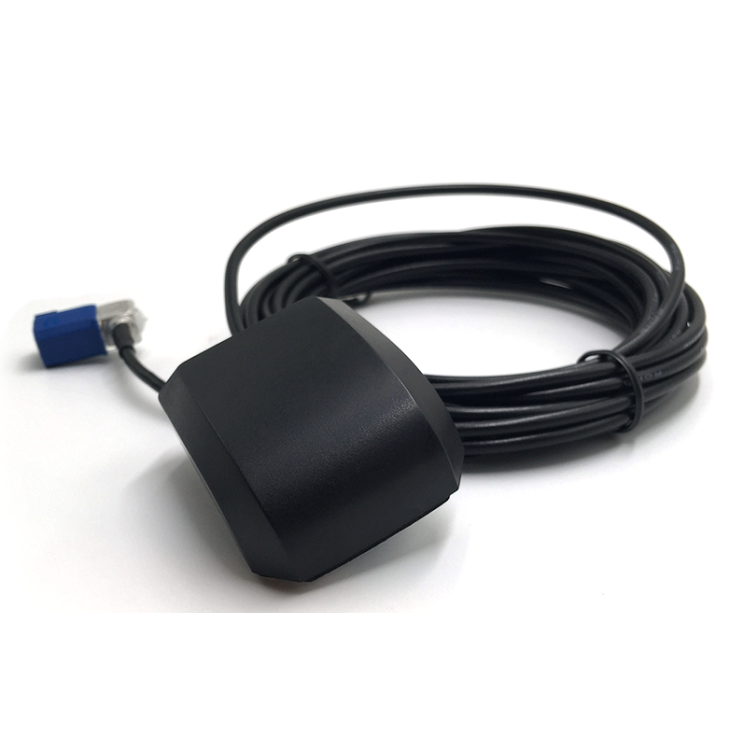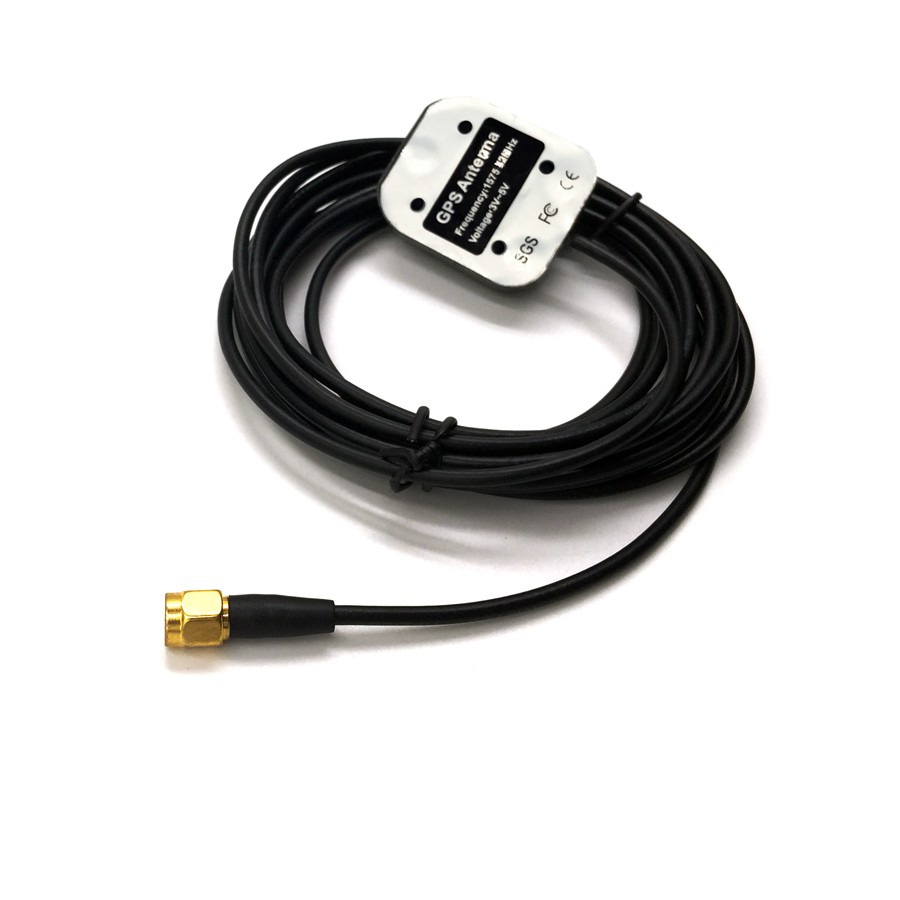Reasons for foaming on the circuit board
Board blistering is actually a problem of poor bonding strength on the board surface. Re-explanation is the surface quality of the board surface. This includes two aspects:
1. Problems with the cleanliness of the board surface; 2. Problems with the surface microscopic roughness (or surface energy).
The board blistering problem on all circuit boards can be summarized as the above reasons.
The bonding force between the plating layers is poor or too low, and it is difficult to resist plating stress, mechanical stress, thermal stress and the like generated during the production and processing processes in the subsequent production process and assembly process, eventually resulting in different degrees of separation between the plating layers.

Here are some of the factors that may cause poor board quality in the production process:
1. Problems with substrate processing:
In particular, for some thinner substrates (typically less than 0.8mm), it is not appropriate to brush the platen brush because the rigidity of the substrate is poor.
In this way, it may be impossible to effectively remove the protective layer specially treated to prevent oxidation of the surface copper foil in the production process of the substrate. Although the layer is relatively thin, the brush plate can be easily removed, but it is difficult to adopt chemical treatment, so the production is difficult. Important attention is paid to processing to avoid foaming on the board due to poor bonding between the copper foil on the board substrate and the chemical copper; this problem also occurs when the thin inner layer is blackened. Poor, uneven color, local black brown can not be the problem.
2. The phenomenon that the surface of the board is treated with oil (drilling, lamination, milling, etc.) caused by oil stains or other liquids contaminated with dust is poor.
3. Bad copper brush plate:
Copper pre-grinding plate pressure is too large, resulting in hole deformation brushed out of the hole copper foil hole or even hole leakage substrate, so that in the copper plating electroplating spray welding process will cause the hole blistering phenomenon; even brush The plate does not cause leakage of the substrate, but the excessive brush plate will increase the copper roughness of the hole, so the copper foil at this point in the process of micro-etching roughening is prone to coarsening phenomenon, and there is also a certain quality Hidden trouble; therefore, it is necessary to pay attention to strengthening the control of the brush plate process. The brush plate process parameters can be adjusted to the best through wear scar test and water film test;
4. Washing problem:
Because the copper electroplating treatment requires a large amount of chemical treatment, all kinds of acids and bases and organic medicines have many solvents, and the board surface is not washed clean. In particular, adjustment of the degreasing agent by sink copper will not only result in cross-contamination, but also cause The surface of the board is poorly treated or poorly treated, and the non-uniform defects cause some problems in terms of adhesion; therefore, attention must be paid to the control of water washing, which mainly includes the flow rate of the washing water, water quality, washing time, and dripping of the boards. Time and other aspects of control; particularly low winter temperatures, water washing effect will be greatly reduced, but also pay attention to the strong control of washing;
5. Micro-etching in copper pre-treatment and pattern plating pre-treatment:
Excessive micro-etching will cause the hole to leak through the substrate and cause blistering around the hole; insufficient micro-etching will also result in insufficient bonding force and cause blistering; therefore, it is necessary to strengthen the control of micro-etching; general copper pre-treatment micro The etching depth is 1.5---2 microns. Before the plating, the microetching is 0.3-1 micron. It is better to control the microetching thickness or the etching rate by chemical analysis and simple test weighing method; under normal conditions After the etching, the surface of the board is bright in color, uniform pink, and there is no reflection; if the color is not uniform, or there is reflection, there is a hidden danger in the quality of the process before processing; attention is paid to the inspection; the copper content of the microetching tank, bath temperature, and load capacity , micro-etching content, etc. are all items to pay attention to;
6. Copper rework bad:
Some reworked boards with copper or patterned transfer may cause board blisters due to poor plating, improper rework methods, improper control of microetch time during rework, or other reasons; rework of the copper board may be found online. The poor copper can be directly reworked from the line after removing the oil after pickling and washing without direct corrosion; it is best not to remove the oil again, micro-etching; for plates that have been plated thicker, the microetching groove should be stripped. Pay attention to the time control, you can first use a two-plate to roughly estimate the stripping time to ensure the effect of stripping; After the stripping is completed, apply a brushing machine after a group of soft brush light brush and then press the normal production process of sinking copper, but the eclipse Elimination time should be halved or adjusted as necessary;
7. Oxidation of the board surface during production:
If the copper plate is oxidized in the air, it may not only cause copper in the hole, rough surface, but also may cause blistering on the plate surface; the copper plate will be stored in the acid for a long time and the surface of the plate will be oxidized. This oxide film is difficult to remove; therefore, in the production process, the copper plate must be thickened in a timely manner, and it is not suitable to store it for too long. Generally, the thick copper plating is completed within 12 hours at the latest;
8. The activity of sink copper is too strong:
The high content of the three components in the newly opened cylinder or bath of sink copper solution, especially if the copper content is too high, will cause the bath fluid to be too active, the chemical copper deposition is rough, and hydrogen, cuprous oxide etc. are contained in the chemical copper layer. Caused by the excessive reduction of coating quality and poor adhesion defects; can be properly adopted as follows: reduce the copper content, (supplemented pure water to the tank) includes three major components, appropriate to improve the complexing agent and stabilizer Content, appropriate to reduce the bath temperature, etc.;
9. In the process of graphic transfer, insufficient washing after development, too long time after the development or too much dust in the workshop, etc., can cause poor cleanliness of the board surface, and the fiber processing effect is slightly poor, which may cause potential quality problems;
10. Organic contamination in the electroplating bath, especially oil, is more likely to occur for automatic lines;
11. The acid bath should be replaced before the copper plating, and it must be replaced promptly. Too much contamination in the bath or too high copper content will not only result in cleanliness of the board surface, but also cause defects such as rough board surface.
12. In addition, in the case of some factories in the winter when the tank fluid is not warmed, it is necessary to pay special attention to the electrification of the plate during the production process, especially for plating tanks with air stirring, such as copper and nickel; the best for nickel cylinders in winter Add a warming water washing tank before nickel plating (water temperature is about 30-40 degrees) to ensure that the nickel layer is well deposited in the initial stage;
In the actual production process, there are many reasons that cause blistering on the board surface. The author can only do a brief analysis. The blistering phenomenon caused by different factors may occur for different manufacturers' equipment and technology levels. The specific conditions must be analyzed in detail and cannot be generalized. The analysis of the above reasons, regardless of order of importance and importance, is based on a brief analysis of the production process. In this series, it only provides everyone with a solution to the problem and a broader perspective. I hope to everyone's process production and problems. Solve the problem, you can play a role in attracting!
- The Description of GPS Antenna
- GPS is a terminal for positioning or navigation by receiving satellite signals. An antenna is needed to receive the signal. GPS satellite signals are divided into L1 and L2 with frequencies of 1575.42MHz and 1228MHz respectively. L1 is an open civil signal and the signal is circularly polarized. The signal strength is about -166dBW, which is a relatively weak signal. These characteristics decide to prepare special antennas for the reception of GPS signals
- The use of GPS in cars will become more and more common. But the automobile shell, especially the automobile explosion-proof film produces the serious obstacle to the GPS signal. An external antenna with a magnet that attaches to the roof of the car is necessary for a GPS in the car.
- The Picture of GPS Antenna


gps marine antenna,high gain gps antennas,gps car antenna,gnss & gps antenna,gps antenna tracker
Yetnorson Antenna Co., Ltd. , https://www.xhlantenna.com